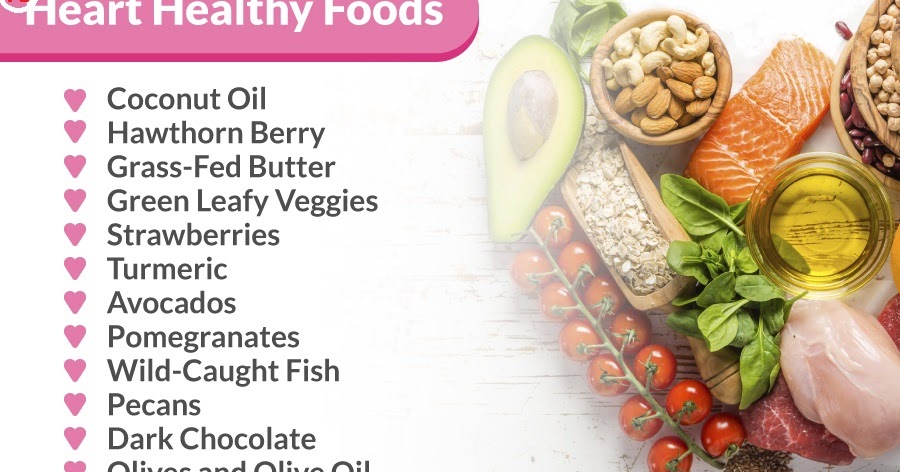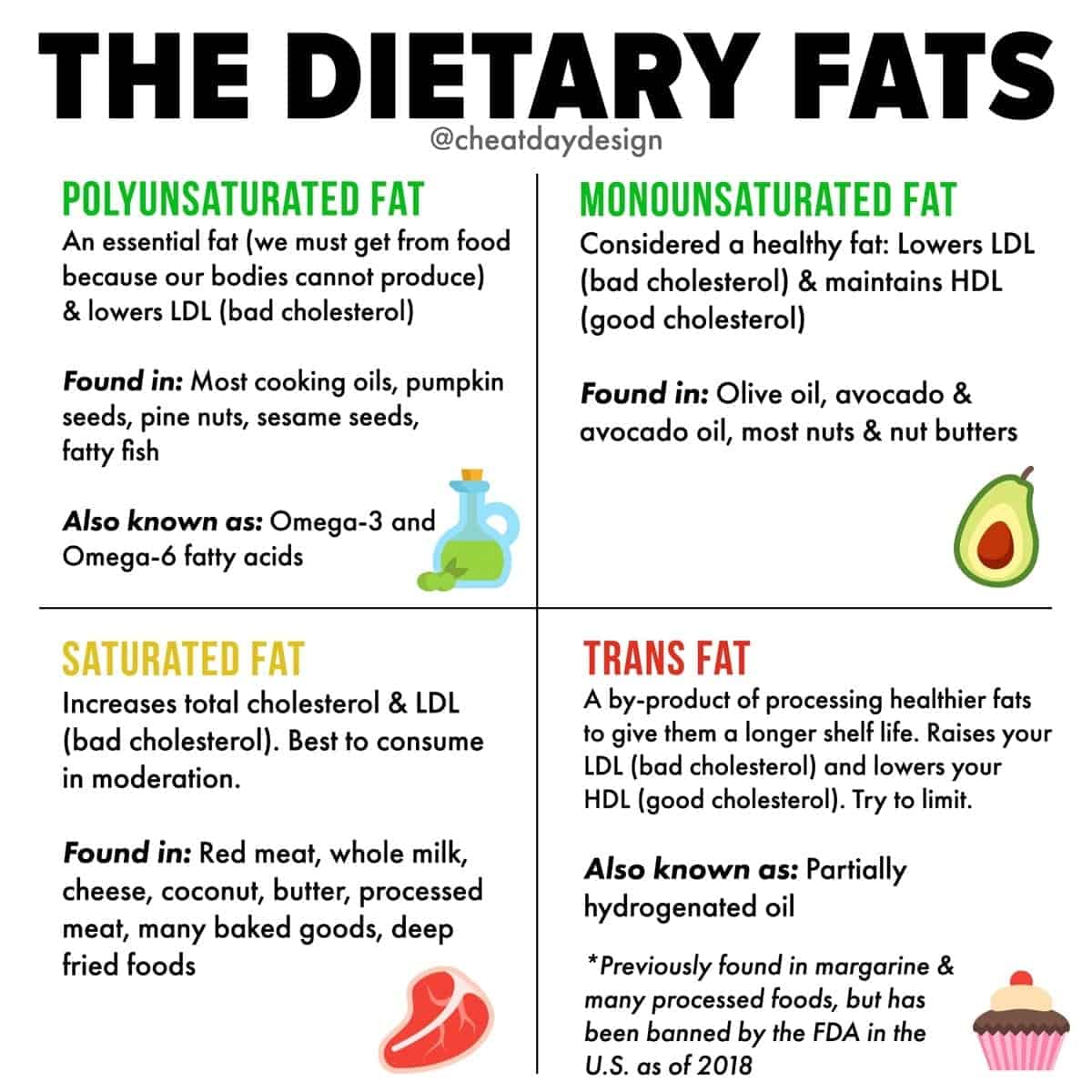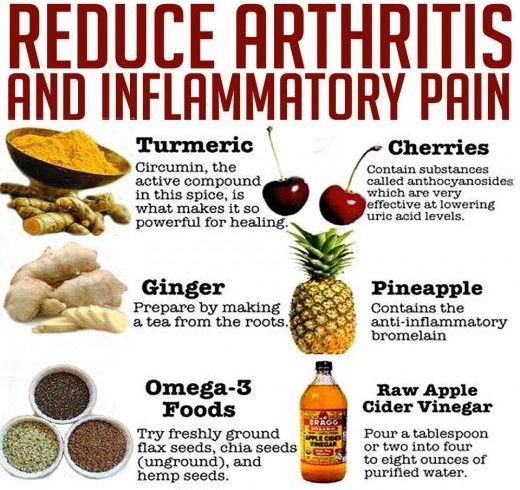
After giving birth, is when breastfeeding mother and baby can start eating. This is because breast milk contains many nutrients and will help the baby grow. During the first two months, you should avoid skipping meals because your body needs time to absorb the nutrition from food. Also, healthy eating should include a wide variety of foods throughout your day, including whole grains, fruits, veggies, and vegetables. Snacks can include bananas, peanut Butter, squeezable yogurt packages, and high-fiber Cereals. Food can be frozen and prepared in advance to save money.
Galactagogues are herbs which increase breast milk supply. Many herbs, such as blessed thistle, goats' rue and fenugreek can increase milk supply. On the other hand, some herbs can reduce breast milk production. These herbs include peppermint and Parsley. Garlic, on the other hand, has been linked to decreased milk supply. Avoiding garlic consumption during breastfeeding is a good idea to protect your baby's health.

Fish is another good source of nutrients for breastfeeding mothers. Oily fish is great for a healthy diet and contains omega-3 fats that your baby will need. You can eat more fish in pregnancy than you do after, but two meals per week is the ideal amount. Sardines, mackerel and salmon are great choices. According to the NHS, shark should not be part of your diet. The mercury in swordfish, marlin and swordfish is high, so it's best to limit the amount you eat.
Besides fresh fruits and vegetables, breastfeeding mums should eat plenty of calcium and iron. These nutrients are found in dairy products like yogurt, milk and chia seeds. In addition, it is important to take a vitamin D supplement. This can be obtained for free from the NHS Healthy Start programme. A midwife or health visitor can advise you on these supplements.
When it comes to food, breastfeeding mothers have more choices than they did before. They can eat anything that their babies are used to. Wheat, corn, soy, and other foods are not suitable for nursing mothers. You should avoid foods containing wheat if possible. While some foods are fine to eat, avoid them if you have an allergy to them. They could also cause colic.

It is crucial to pay attention to nutrition when breastfeeding. The baby's growth is dependent on a healthy diet. To ensure this, it is essential to ensure that the food is healthy. Even though breastmilk contains the essential nutrients for babies, some foods can cause stomach upsets. It is vital to carefully read the Nutrition Facts label prior to consuming certain foods or beverages. If you are concerned about your baby's health, talk to your healthcare provider about these foods.
FAQ
What are 7 tips for a healthy and happy life?
-
You should eat right
-
Exercise regularly
-
Sleep well
-
Get plenty of water.
-
Get enough sleep
-
Be happy
-
Smile often
What lifestyle is most healthy?
Living a healthy lifestyle is one that encourages you to eat well, exercise regularly, get enough sleep, and avoids stress. This will ensure that you live a long healthy life.
Small changes to your diet or exercise routine can help you start losing weight. For example, if you want to lose weight, try walking for 30 minutes every day. If you're looking for a way to increase your activity, consider taking up swimming or dancing. A Fitbit or Strava online program that tracks your activity can be joined.
How much should I weight for my height and age? BMI calculator & chart
Use a BMI calculator to determine how much weight is needed to lose. The range of a healthy BMI is between 18.5- 24.9. Weight loss is possible if you aim to lose approximately 10 pounds per week. Enter your height and weight to calculate your BMI.
This BMI chart can help you find out if or not you are obese.
How does an anti-biotic work?
Antibiotics kill harmful bacteria. Antibiotics are used for treating bacterial infections. There are many types of antibiotics. Some can be taken orally while others are injected. Others are topically applied.
Antibiotics are often prescribed to people who have been exposed to certain germs. For example, if someone has had chicken pox, he or she might take an oral antibiotic to prevent shingles later on. An injection of penicillin may be necessary to prevent pneumonia if someone has strep.
If antibiotics are to be administered to children, they must be prescribed by a doctor. Side effects of antibiotics can be more dangerous for children than for adults.
Diarrhea is one of the most common side effects of antibiotics. Other possible side effects include diarrhea, nausea and vomiting, allergy reactions, dizziness, dizziness, stomach cramps, nausea, vomiting or allergic reactions. These side effects usually disappear once treatment has ended.
Is cold an indication of a weaker immune system?
According to some, there are two types: people who love winter or those who hate it. You may wonder why you feel so bad when it's cold, regardless of whether you love it or hate it.
The reason is simple: Our bodies are made to function well in warm temperatures. Hot climates are where our food sources are most plentiful, and we evolved to thrive there.
Now, however, we live in a completely different environment to how our ancestors lived. We spend more time indoors, are exposed to extreme temperatures (cold/heat), and eat processed food rather than fresh.
Our bodies don't have the ability to tolerate extremes. When we do venture out, our bodies are unable to cope with the extremes.
There are many ways to avoid these side effects. Keep your body hydrated. Drinking plenty of water will help you keep your body hydrated and flush out toxins.
It is important to eat healthy foods. Eating nutritious foods helps your body maintain its optimal temperature. This is especially important for those who spend long periods inside.
Consider taking a few moments each morning to meditate. Meditation can help you relax your mind, body and soul. This makes it easier to manage stress and illnesses.
Do I have to count calories?
It is possible to wonder "What diet is best for me?" or "is counting calories necessary?" This depends on your health and lifestyle.
The Best Diet for me - Which One Is Right for You?
The best diet for me depends on my current health status, my personal goals, my preferences, and my overall lifestyle. There are many diets out there, some good and some bad. Some diets work for some people, while others are not. What can I do to make the right choice? How do I make the right decision?
These are the questions this article will answer. It starts with a brief introduction of the different types of diets available today. Then we will discuss the pros & cons of each kind of diet. Finally, we'll look into how to choose the best one for you.
Let's start by taking a look at the various types of diets.
Diet Types
There are three main types of diets: low fat, high protein, and ketogenic. Let's briefly discuss them below.
Low Fat Diets
A low fat diet is a diet that restricts the amount of fats consumed. This is done by reducing your intake of saturated oils (butter, cream cheeses, etc.). It is possible to replace these saturated fats with unsaturated ones (olive oil or avocados). People who are looking to lose weight quickly and easily will benefit from a low-fat diet. However, this kind of diet may cause problems such as constipation, heartburn, and indigestion. A person may also experience vitamin deficiencies if they don't get enough vitamins.
High Protein Diets
High protein diets restrict carbohydrates in favor of proteins. These diets often have higher levels of protein than most other diets. These diets are intended to increase muscle mass and reduce calories. One problem is that they might not be sufficient to provide regular nutrition. They are not suitable for all people because they can be restrictive.
Ketogenic Diets
Ketogenic diets are also known as keto diets. They are high on fat but low in carbs and proteins. They are typically used by athletes and bodybuilders because they allow them to train harder and longer without getting tired. But, they require strict adherence to avoid negative side effects like nausea, headaches, and fatigue.
Statistics
- In both adults and children, the intake of free sugars should be reduced to less than 10% of total energy intake. (who.int)
- WHO recommends reducing saturated fats to less than 10% of total energy intake; reducing trans-fats to less than 1% of total energy intake; and replacing both saturated fats and trans-fats to unsaturated fats. (who.int)
- According to the 2020 Dietary Guidelines for Americans, a balanced diet high in fruits and vegetables, lean protein, low-fat dairy and whole grains is needed for optimal energy. (mayoclinichealthsystem.org)
- nutrients.[17]X Research sourceWhole grains to try include: 100% whole wheat pasta and bread, brown rice, whole grain oats, farro, millet, quinoa, and barley. (wikihow.com)
External Links
How To
What does the word "vitamin" mean?
Vitamins can be described as organic compounds found in food. Vitamins aid us in absorbing nutrients from the food we eat. The body cannot make vitamins; therefore, they must be obtained from food.
Two types of vitamins exist: water-soluble vitamin and fat-soluble vitamin. Water-soluble vitamins dissolve in water easily. Some examples include vitamin C,B1 and B2 vitamins (thiamine), B2 and riboflavin, B3 and B6 vitamins (niacin), folic acids, biotin, pantothenic acids, and cholesterol. Fat-soluble vitamins are stored in the liver, fatty tissue and kidneys. These include vitamin D, E and K, as well as beta carotene.
Vitamins are classified based on their biological activity. There are eight main groups of vitamins.
-
A - Vital for normal growth and maintaining good health.
-
C is important for nerve function and energy production.
-
D - necessary for healthy bones and teeth.
-
E is required for good vision and reproduction.
-
K - Required for healthy nerves and muscles.
-
P - Essential for strong bones and teeth.
-
Q - aids digestion and absorption of iron.
-
R is required for the production of red blood cells.
The recommended daily allowance for vitamins (RDA) varies based on gender, age, and physical conditions. The U.S. Food and Drug Administration sets RDA values.
For adults over 19, the RDA for vitaminA is 400 micrograms per daily. Pregnant women require 600 micrograms daily to support fetal development. Children ages 1-8 require 900 micrograms per day. Infants below one year old require 700mg per day. But, between 9 months to 12 months, the amount drops to 500mg per day.
Children aged 1-18 years need 800 micrograms daily, while children overweight require 1000 micrograms per days. Children who are severely obese or underweight will need 1200 micrograms each day.
Children 4-8 years old who have anemia must consume 2200 micrograms of Vitamin C daily.
2000 micrograms are required daily for good health in adults over 50. Due to their increased nutrient needs, pregnant and breastfeeding women need 3000 micrograms daily.
1500 micrograms are required daily by adults over 70 because they lose approximately 10% of their muscle each decade.
Women who are pregnant, nursing or breastfeeding need more than the RDA. Pregnant and breastfeeding women require 4000 micrograms each day during pregnancy and 2500 Micrograms each day after delivery. Breastfeeding mothers require 5000 micrograms daily when breast milk production is occurring.